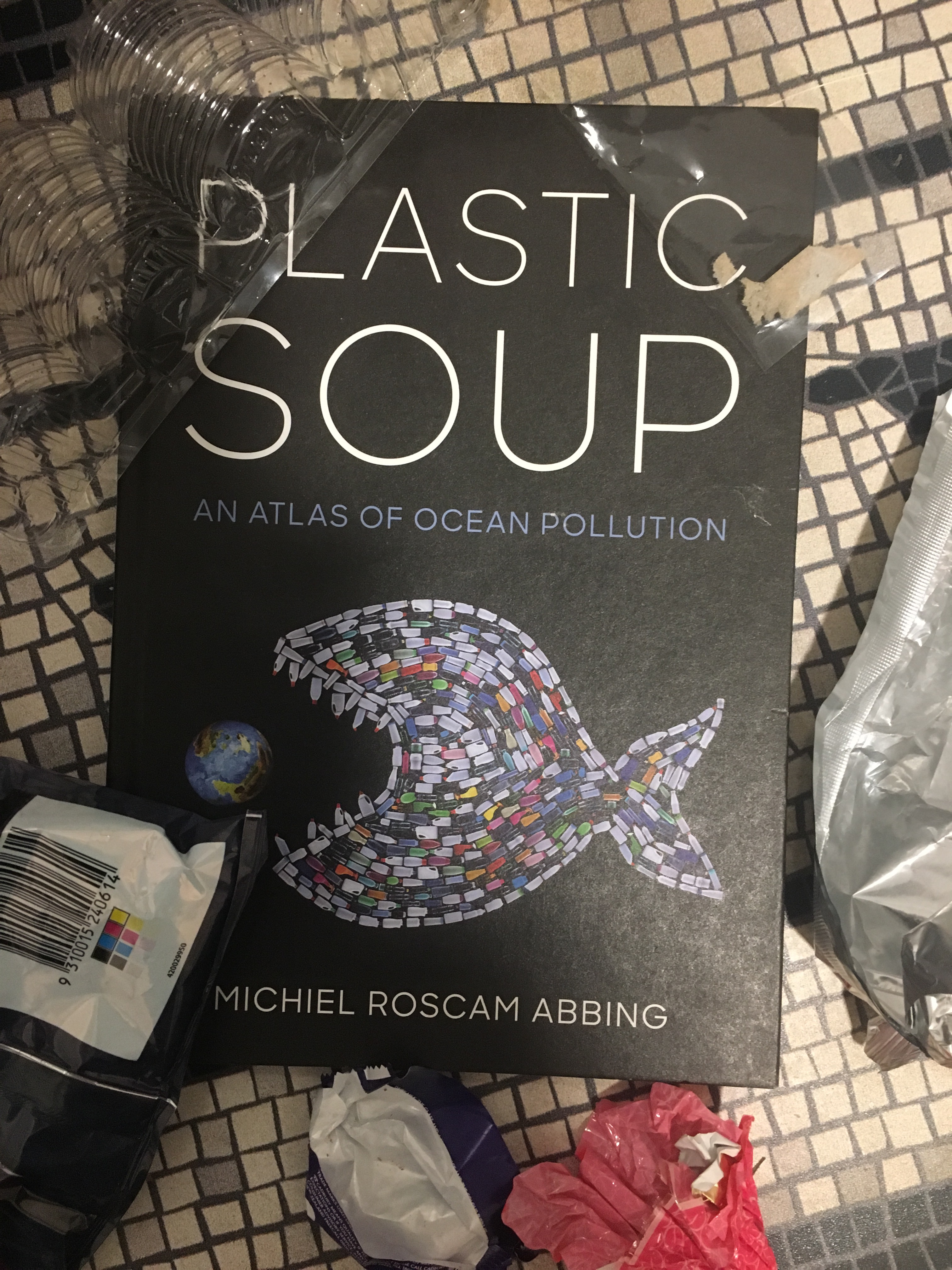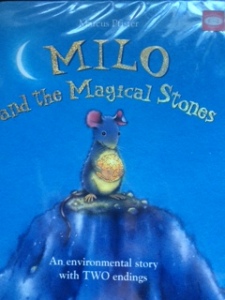ISBN: 9781642830088
Published by Island Press
RRP $37.99
Plastic soup is everywhere. There’s no place on Earth nowadays that is genuinely free of plastic: it is in rivers and canals as well as the oceans.

In some estimates it is thought that by 2050 there will be more plastic particles than fish. Without immediate action not only will the environment start to fail, animal species will become extinct and human health will decline. This book has been written to shock yet inspire action to curb our use of plastic in our daily lives, seek out alternatives or at least use plastic in a more environmentally friendly way.
This atlas is presented in two sections – on the map and off the map.
On the map focusses on where the plastic is in the world – namely that of single use plastic, cheap short lived toys and gadgets and household time saving items.
Through photographs, this book looks at how plastic dominates the landscape with floating plastic bags, microbeads, beaches littered with single use plastic bottles, plastic filled clothing and micro plastics.
The images are stark and distressing. Children in developing countries swimming through waste, turtles tangled in nets and a new type of rock called ‘plasticglomerate’ which always contains melted plastic as one of its components.
Off the map looks at how art is displaying the destructive yet beautiful nature of plastic through installations and performances. It also looks at the hope there is for something to be done about this every growing problem.
- Big ocean clean ups.
- switching to bioplastics that do biodegrade with no environmental impact (confusing to many consumers)
- Products made of recycled plastic
But the above still allow us to rely on plastic so for me they weren’t really helping. The next few chapters were were hopeful
- Lasered on fruit stickers instead of plastic based stickers
- Baning of microbeads in cosmetic products
- Plastic free July
- Plastic free supermarkets on the rise
- The resurgence of cotton in clothing alongside hemp, flax and wool. And the invention of The Cora Ball which helps to collect any micro plastic seeping out during the washing cycle.
But all in all, the future looks bleak if we are to continue our reliance on plastic and allow big multinationals to continue to sell us highly packaged items. Education is key if anything is going to change and unfortunately convenience sells plastic – something which we all need to come to terms with as it is sold so well to us!
This book will make you feel sadness for the world but it will fill you with hope. It will also fill you with inspiration so that you feel powerful to make a difference in your section of the world.
This book is one to share and one to have to continue to have the conversation about the future we want to have.
What can you do in the classroom with this book?
- Create plastic art and evaluate if this is a good or bad thing to present to the community. Can it inspire action or just a love of art?
- Conduct a waste audit in your household, classroom or school. After this has been done write an action plan to curb your plastic usage.
- Evaluate the reason we use plastic over other materials. Compare and contrast different materials and how they weight up against plastic.
- Visit plastic soup: https://www.plasticsoupfoundation.org
- Visit War on Waste: https://www.abc.net.au/ourfocus/waronwaste/
- Visit Good for the Hood: https://www.goodforthehood.com.au


